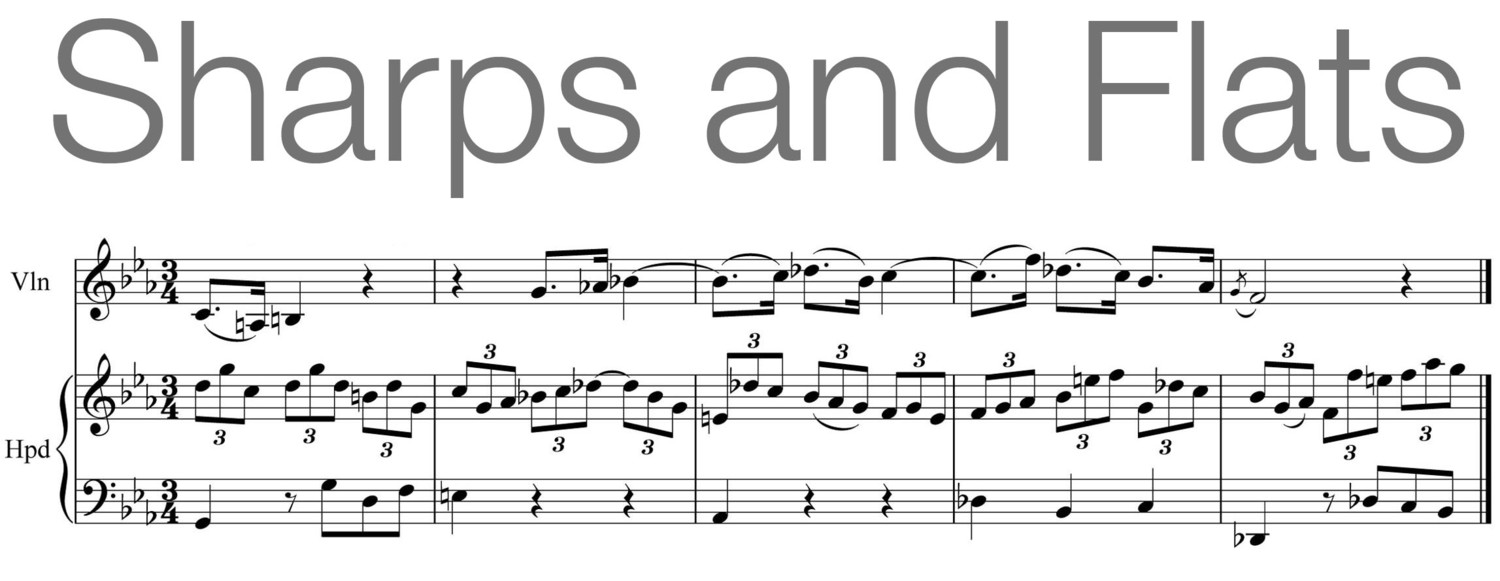The third movement of Mozart’s Piano sonata in C Major K. 545 begins with an 8-measure phrase in 2/4 consisting of a series of thirds. They begin in the right hand and are imitated one beat later by the left. After these 8 measures there is a double bar with repeat signs. From measure 9 to measure 14 the piece modulates in 4 measures to G major. Between the end of measure 2 in this section and the beginning of measure 3, Mozart makes the hands jump – an octave and a fourth up in the right hand, landing on ‘e’, and an octave and a third – a tenth – down -in the left hand, landing on ‘b’.
Normally one could land on the right key by looking at it as the hand makes the jump. But one cannot look at two hands at the same time, jumping in opposite directions.
There must be a way for each hand, after much repetition, to learn these jumps. After all, presumably Mozart could master them, as could pianists performing during the more than 200 years from Mozart’s time to the present. In fact, Mozart said that this was one of his easy sonatas. (You can see how easy this passage is for Barenboim and Uchida, on YouTube). No use practicing first one jump then the other – the brain would only have to unlearn that separate-hands solution, making it even more difficult to accomplish the jump with both hands.
So how to teach the hands to make these jumps together.
I began by playing the 4-measure passage in my head, silently, very slowly, dozens of times over several periods of 15 or 20 minutes. In my slow internal repetitions of the passage, there were no jumps. They would only occur as the result of physical movements. Listening internally; there was no space to deal with – just a sequence of notes.
Gradually, over a period of 2 weeks, I increased the tempo of the music I played in my head. Eventually I could play Mozart’s left- and right-hand melodies together at the brisk tempo that seemed right for the music – quarter note = 88.
Now it was time for my hands to learn to actually play the music. I started very slowly, slowly enough so that I had time to watch each hand gliding through the air to the correct note. Because my hands moved so slowly, I never missed; I always hit the right notes.
Now came the moments of truth. Playing only slightly faster, I looked at one hand during the jump. Of course I played that hand correctly, but what surprised me was that the jump in the other hand was more often than not correct as well, even without my looking at it. As I played faster and looked at one hand before the jump, both hands jumped accurately. This rather amazed me. So I decided to go for broke. I closed my eyes, played the passage up to tempo and landed correctly – almost every time.
That was about a week ago. Now every afternoon I practice the whole movement, up to tempo, including the jumps. I play with open eyes, sometimes looking at one hand during the jump, sometimes the other, but most of the time looking at neither. I am almost 100 per cent successful.
I wish I could find a neurological explanation for what otherwise seems like magic.
Here is the page of the beginning of the last movement of Mozart’s Sonata in C Major, K.545, with the jump passage noted in orange.

